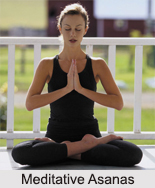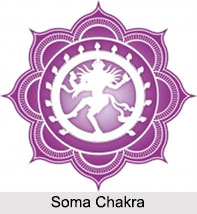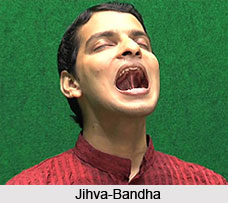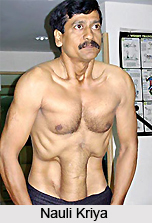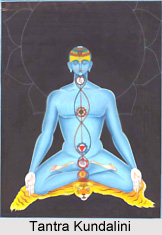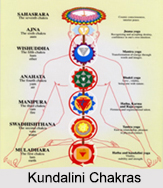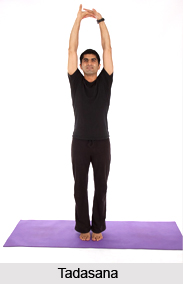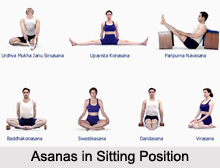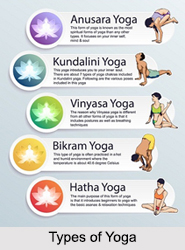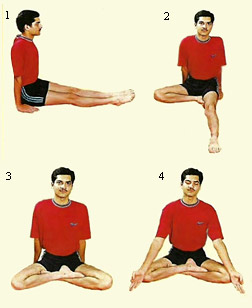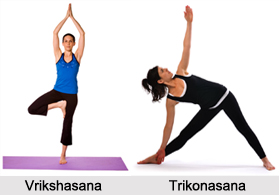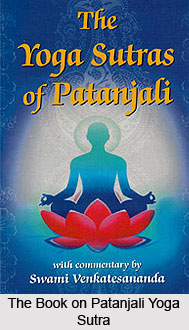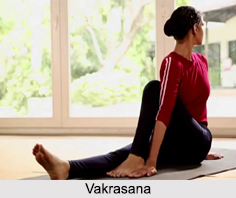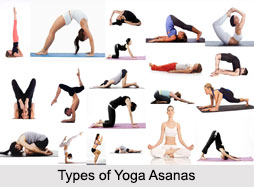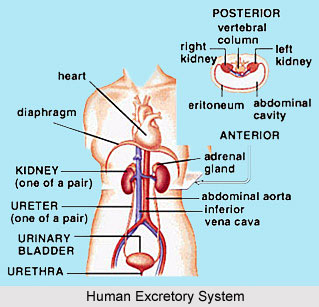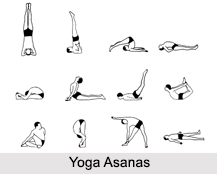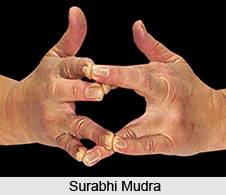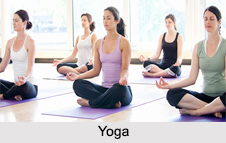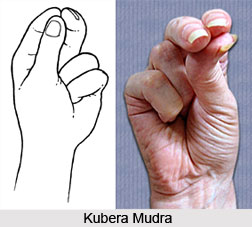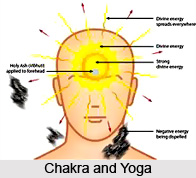 The forty-fourth yoga sutra states about the ultimate state in humans, the mahavideha, or the complete disembodied state, where the consciousness of a yogi functions outside the body. The shroud of the illumination is totally shattered. By absolute concentration on the consciousness, a sadhaka is able to stay without his body. Though it is unimaginable, yet it is a truth. In such a state, a yogi is in full power of honest intelligence. In mahavideha, a yogi is completely untouched by worldly pain and anguish.
The forty-fourth yoga sutra states about the ultimate state in humans, the mahavideha, or the complete disembodied state, where the consciousness of a yogi functions outside the body. The shroud of the illumination is totally shattered. By absolute concentration on the consciousness, a sadhaka is able to stay without his body. Though it is unimaginable, yet it is a truth. In such a state, a yogi is in full power of honest intelligence. In mahavideha, a yogi is completely untouched by worldly pain and anguish.
bahih external, outside
akalpita unimaginable, actual, inconceivable
vrttih fluctuations, modifications
maha great
videha without a body
tatah then
prakasa light, illumination
avarana covering
ksayah destruction, dissolution
By samyama on mahavideha (the disembodied state), where consciousness functions outside the body, the veil covering the light of illumination is destroyed.
By samyama on the consciousness, the yogi lives without a body; this is something that is inconceivable, yet it is a fact. It is a siddhi, called mahavideha siddhi It removes the veil covering the light of illumination. The yogi in this state possesses true and pure intelligence.
If consciousness moves outside the body, but stays in the body, it is called an conceivable state. When the same consciousness moves outside the body, independent of and without abiding in it, it is an inconceivable state. In mahavideha, the yogi disengages his body from consciousness, so that sufferings do not influence him. He is beyond the gunas. In this non-attached state, cilia turns divine and universal and can absorb anything in space without the use of the body, senses, or ego.
From his biography, it can be known that Sri Aurobindo was in that state while imprisoned during the freedom movement. (1.19.)
